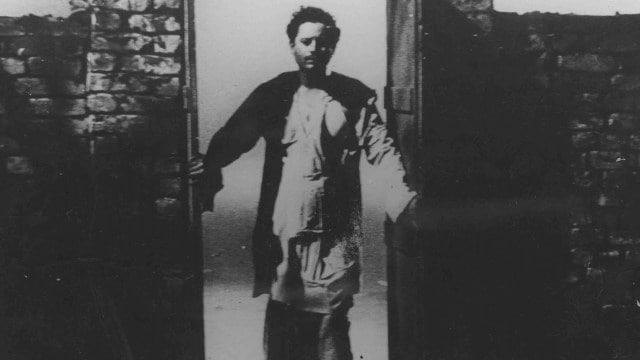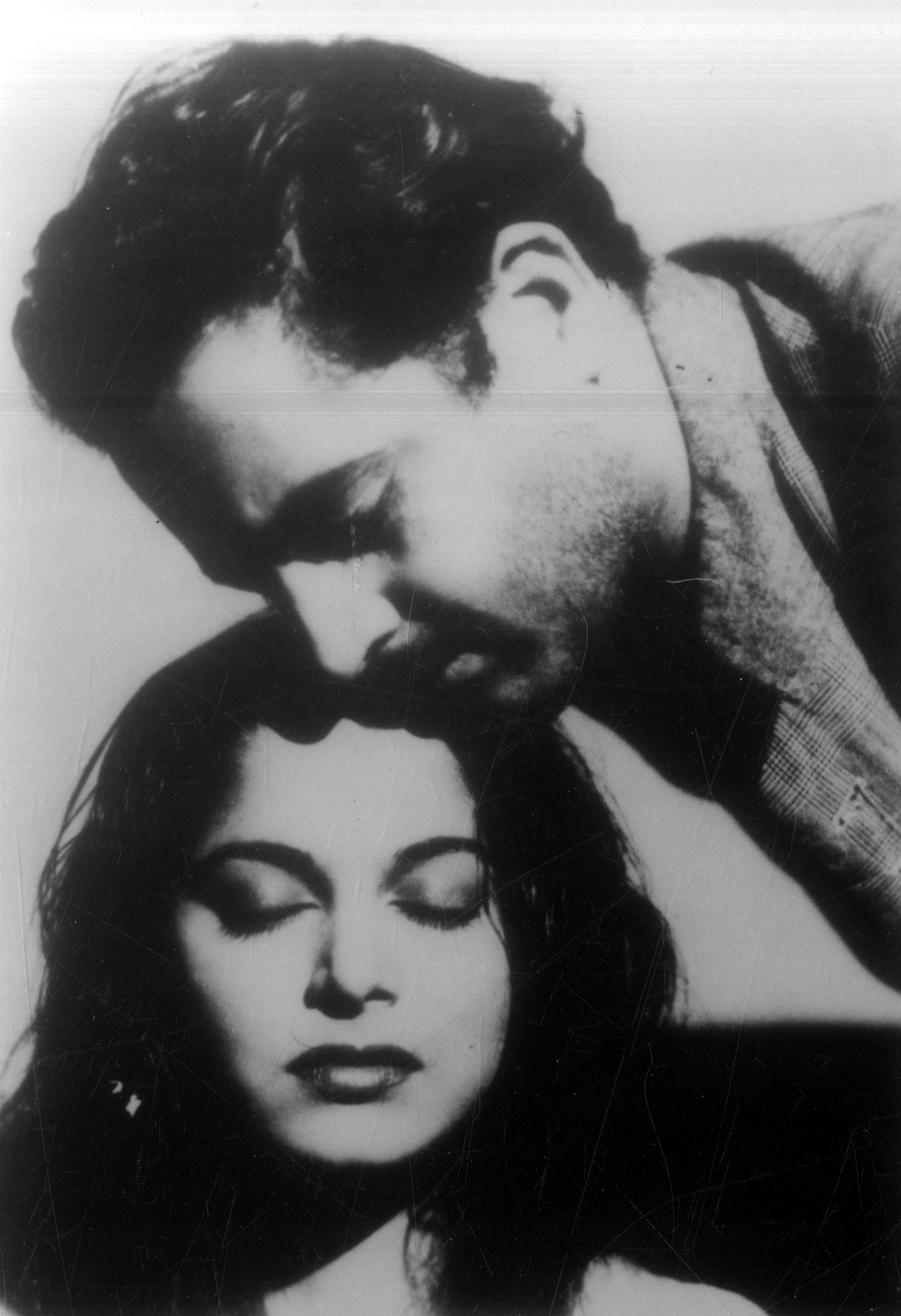
Every semester, Guru Dutt visits my classroom. He comes in unexpectedly, like he does in the film Pyaasa (1957). My students haven’t heard of him. If he’d been alive, he’d have been 99, older than their grandparents. I had to turn to him for help with explaining Plato’s “Allegory of the Cave”, a text that is not commonly read in a Creative Writing classroom, but I had my reasons — I wanted them to understand the dialogic form through two very old texts, The Republic and the Bhagavad Gita.
Like Socrates said to Glaucon, I ask my students to let the classroom become a cave for a few minutes. “Imagine that the cavern has a mouth that opens to the light above, and a passage exists all the way down to the people. They have lived here from infancy, with their legs and necks bound in chains. They cannot move. All they can do is stare directly forward. Imagine that far above and behind them blazes a great fire.” What these “captives” in the cave see is nothing except shadows, which they take to be the only possible truth.
We continue reading Shawn Eyer’s translation in which Socrates says, “Imagine one of them is set free from his shackles… What do you think his reaction would be if someone informed him that everything he had formerly known was illusion and delusion, but that now he was a few steps closer to reality, oriented now towards things that were more authentic, and able to see more truly?… Would he, rather, believe that the shadows he formerly knew were more real than the objects now being shown to him?”
I play the song “Yeh duniya agar mil bhi jaaye toh kya hai”, as if to illustrate Plato’s allegory. Guru Dutt’s name in the film is Vijay, meaning “victory”, used with characteristic melancholic irony, for he is a poet whose poems are ignored, and whose imagined death brings more commerce than his life. In the song, he stands with his arms outstretched, a silhouette that Dutt would repeat in “Jaane woh kaise log the jinke pyar ko pyar mila” in the same film, almost as if he were ploughing the light. The publisher, Ghosh, wealthy, powerful, controller of careers and destinies, is on the dais in the auditorium. Such is the architecture of conditioning that, like the people in Plato’s cave, the audience’s back is towards the poet and the source of light.

By interchanging the location of the two — of the poet behind the audience and the publisher on stage — Dutt challenges our habit of thought while showing us how commerce dominates and displaces both art and the artist. Vijay’s Urdu poems are rejected by publishers and his family; his girlfriend leaves him to marry Ghosh. Goaded by the prostitute who loves Vijay and his writing, Ghosh publishes Vijay’s poems, hoping that news of the poet’s death might push up sales. This is the duniya — on the dais — that Vijay wants to burn. What is being rejected? Mehlon, takhton, taajon, samaj, daulat — riches, fame and success. How does it matter if this world is won — yeh duniya agar mil bhi jaaye toh kya hai? Dutt subverts this in every way he can — notice how the “spotlight” is on the publisher, while the poet sings, standing in the darkness of the auditorium.
Whose history is this, and whose conditioning? It is as much the struggling poet Vijay’s history as it is the Indian nation’s, then only 10 years old, confused between materialism and the spiritual life necessary for art and calm. The nation and its new culture are unable to give him a home, a stage, where the moneyed publisher stands. Dutt’s is also an allegory of the cave — it is a rejection of an idea of poetry, of the stage. The poet has come in like the audience, a “common man”. He stuns them, his song anaesthetises them — not like Shakespeare’s Titania, but into contemplation, into reflection, into thought — as every poem must.
At such a moment, as Plato and Dutt corroborate each other, the Creative Writing classroom is liberated of the worship of “craft” and is able to move beyond the chatter of reviews, agents and publishers to the philosophical: How will a poet who says “Mere samne se hatao yeh duniya” write about the world, this duniya?
Roy, a poet and writer, is associate professor of creative writing, Ashoka University. Views are personal



